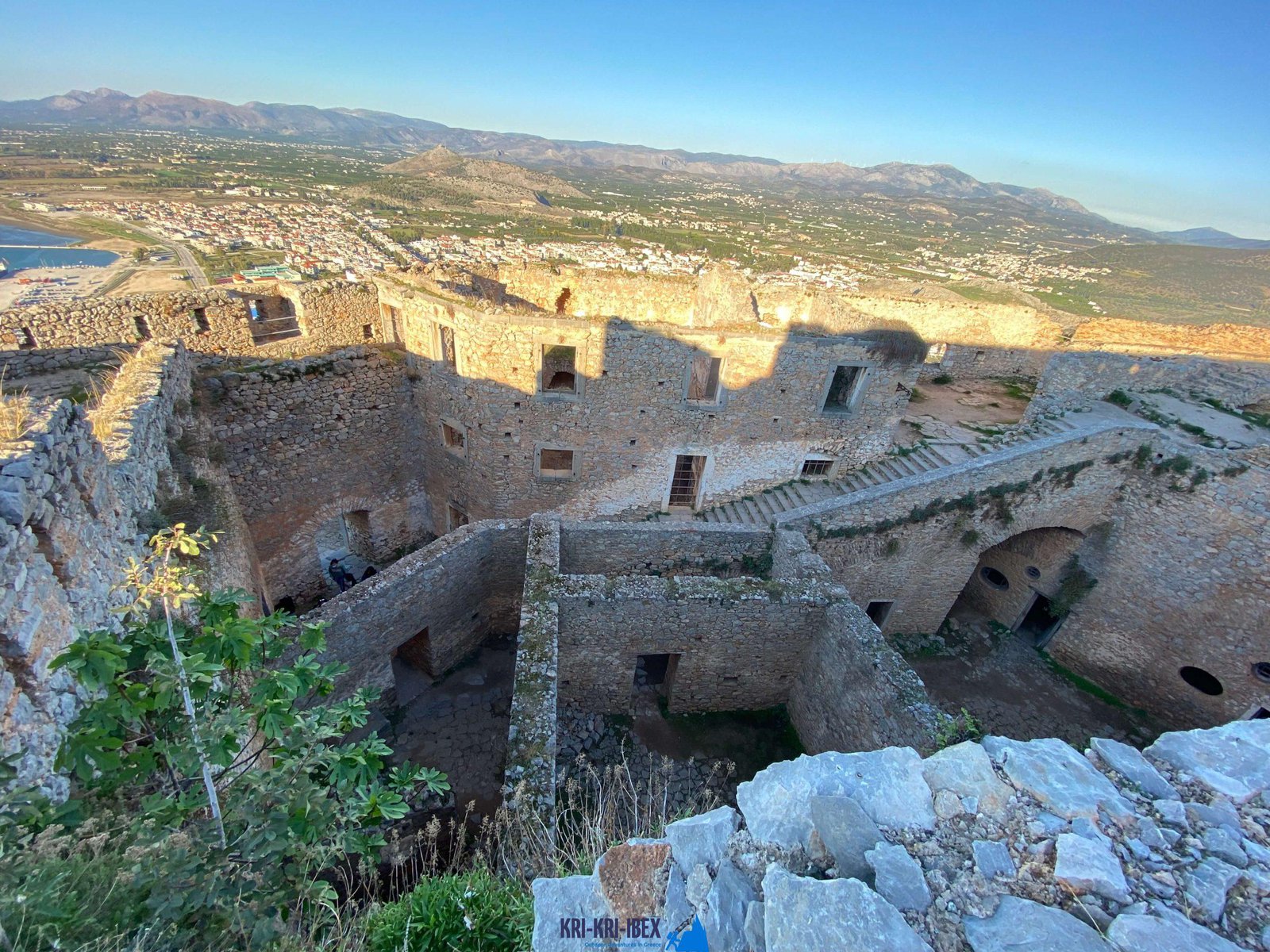Live out your kri kri ibex chasing dreams in Sapientza, Greece!
Live out your kri kri ibex chasing dreams in Sapientza, Greece!
Blog Article

The Peloponnese peninsula on the Greek Mainland is usually described as the 'real' Greece. Because it has handled to remain relatively unblemished by mass tourist as well as keeps much of its conventional beauty, this is. If you're trying to find a genuine Greek experience, after that Peloponnese is the location for you. And also what better way to explore this stunning area than on one of our outside hunting, fishing, as well as totally free diving excursions?

There is no set number of Ibexes, as the populace rises and fall. The Kri-Kri is the tiniest ibex varieties (Capra Aegagrus Cretica) in regards to body weight, yet it has some long horns. Although some specimens were determined at 115 centimeters in size, they were not counted in the study. Searching of the Kri-Kri ibex is currently happening in Greece. An Ibex gold prize measures 24 inches long. Hunting is permitted on Atalanti as well as Sapientza islands. On Atalanti, searching is enabled from the recently of October to the very first week of December. Hunting in Sapientza is allowed the entire month of November, presuming the weather condition agrees with.
On our Peloponnese trips, you'll reach experience all that this fantastic area has to use. We'll take you on a trip of a few of one of the most stunning and historic sites in all of Greece, including ancient ruins, castles, and also much more. You'll also reach experience several of the standard Greek society direct by delighting in several of the tasty food and also white wine that the area is recognized for. And also of course, no journey to Peloponnese would certainly be total without a dip in the shimmering Mediterranean Sea! Whether you're an experienced seeker trying to find a novice tourist or a new experience just aiming to explore Greece's spectacular landscape, our Peloponnese trips are ideal for you. So what are you waiting on? Schedule your journey today!
Look no even more than the Sapientza island in Greece if you are looking for Kri Kri ibex search and extraordinary getaway destination. With its stunning natural beauty, delicious food, and also rich society, you will certainly not be disappointed. Schedule one of our hunting as well as exploring Peloponnese Tours from Methoni today, dot neglect your trophy Kri Kri ibex!
What is the diference between Kri Kri ibex, Bezoar ibex and hybrid ibex
The kri-kri is not thought to be indigenous to Crete, most likely having been imported to the island during the time of the Minoan civilization. Nevertheless, it is found nowhere else and is therefore endemic to Crete. It was common throughout the Aegean but the peaks of the 8,000 ft (2,400 m) White Mountains of Western Crete are their last strongholds–particularly a series of almost vertical 3,000 ft (900 m) cliffs called ‘the Untrodden’—at the head of the Samaria Gorge. This mountain range, which hosts another 14 endemic animal species, is protected as a UNESCO Biosphere Reserve. In total, their range extends to the White Mountains, the Samaria National Forest and the islets of Dia, Thodorou, and Agii Pandes.
This Ibex is NOT a diminutive form of the Bezoar Ibex, which has migrated into the western-most reach of the range of this species. The kri – kri (Capra aegagrus cretica), sometimes called the Cretan goat, Agrimi, or Cretan Ibex, is a feral goat inhabiting the Eastern Mediterranean, previously considered a subspecies of wild goat. The kri-kri has a light brownish coat with a darker band around its neck. It has two horns that sweep back from the head. In the wild they are shy and avoid tourists, resting during the day. The animal can leap some distance or climb seemingly sheer cliffs.
“The agrimi goat Capra aegagrus cretica is unique to Crete and its offshore islands. It has been identi®ed as a sub-species of the wild bezoar goat Capra aegagrus aegagrus Erxleben, 1777, which it closely resembles in horn shape, body form and coloration. This classi®cation has been disputed by some researchers who claim that the agrimi are feral goats, derived from early domestic stock brought to the island by the ®rst Neolithic settlers. In order to clarify this issue, DNA analyses (cytochrome b and D loop sequences) were carried out on tissue of live and skeletonized agrimi and compared to sequences of wild and domestic caprines. Results conclusively show the agrimi to be a feral animal, that clades with domestic goats (Capra hircus) rather than with wild Asiatic bezoar. This study demonstrates that morphometric criteria do not necessarily re¯ect genetic af®nities, and that the taxonomic classi®cation of agrimi should be revised.”
Report this page